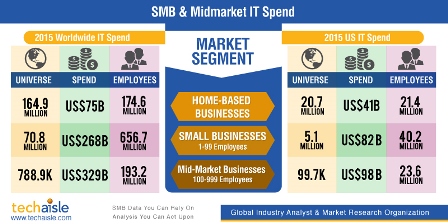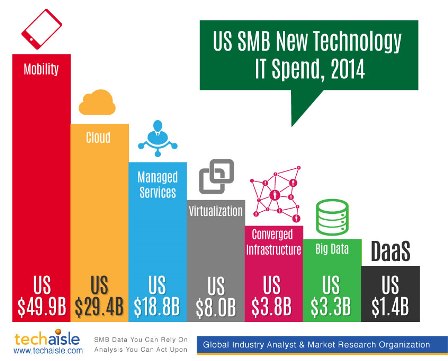We believe that we are all tech companies. Obviously companies like Dell with hardware or Microsoft with software or Cisco with networking products or IBM with services or Salesforce with cloud software or even Apple with consumer electronics are recognized as tech companies that are relevant to the businesses that operate around the world. But this is not the extent of the tech industry.
We may or may not recognize financial institutions as being technology companies but the financial institutions themselves recognize that technology shapes their competitive environment. A recent memo from a senior executive at one of those financial institutions identified not their traditional competitors but Apple Pay as a significant source of future competition.
Automotive industry companies like GM, Ford, and Mercedes are also technology companies. We all recognize Tesla as a technology company because in essence its product is technology with electronics and electric engines. In the 1970s, metal was the single highest value component of a vehicle. In the 80s and 90s, computer hardware became the most valuable component of a vehicle, and today software is the highest value component in a new vehicle. A new vehicle purchased today contains often as much as 100 million lines of software code. For comparison's sake, the Android operating system contains about 15 million lines and Facebook has about 62 million lines of code. So a late model car is equivalent from a coding perspective to Facebook plus Android plus Android again plus a little bit more Android.
The taxi industry, represented by cabs in New York City and Toronto and Mexico City and a tuk tuk from Thailand, has been greatly disrupted by Uber which owns no cars but provides ride services around the world.
This huge opportunity for the creation of new wealth by disrupting existing industries with technology is driving quite a lot of tech innovation throughout the economy. As analyst David Moschella observed in a post entitled 'Dual Disruptions', a firm can be seen by the technology industry either as a valued customer or potential lunch for this Uberfication style of disruption.













